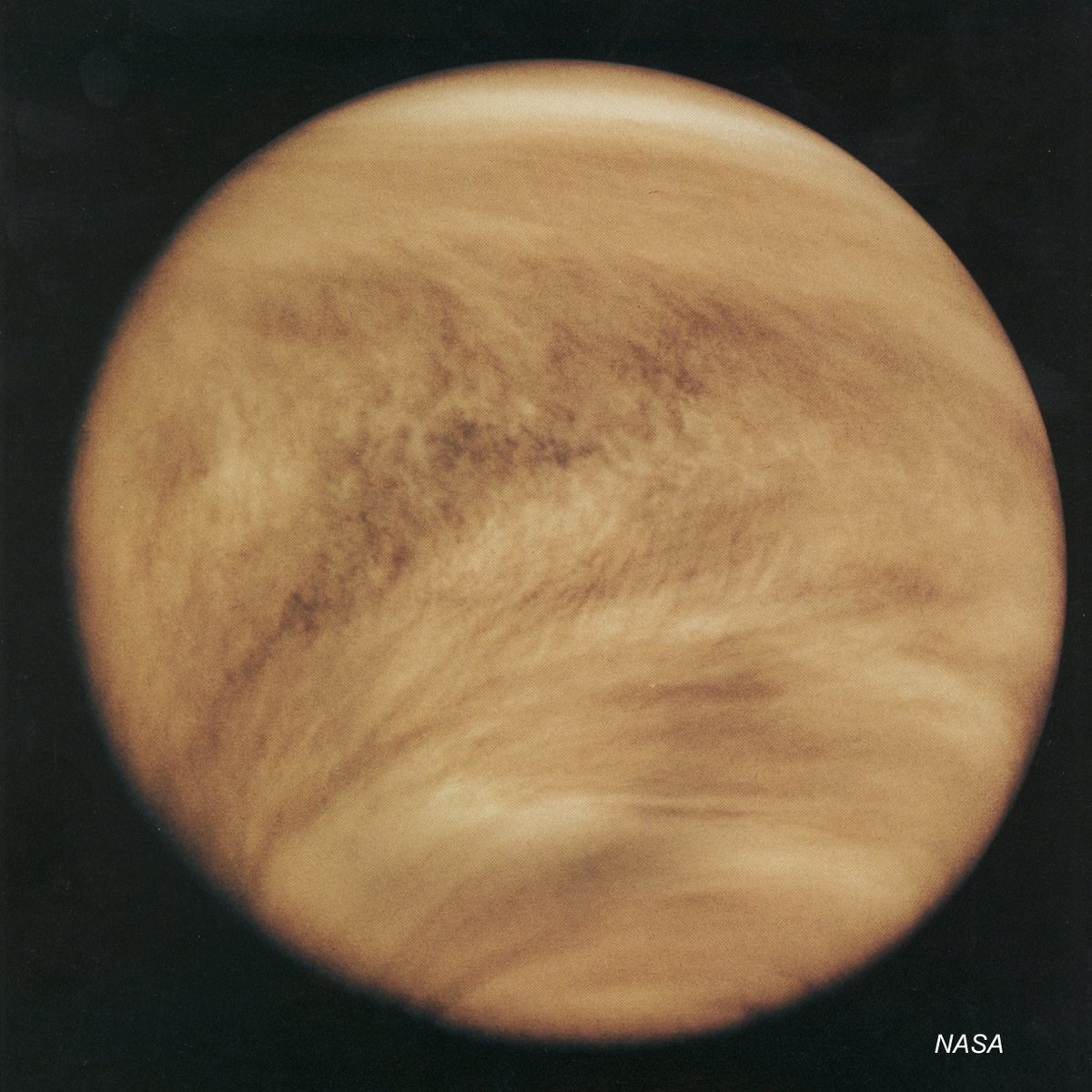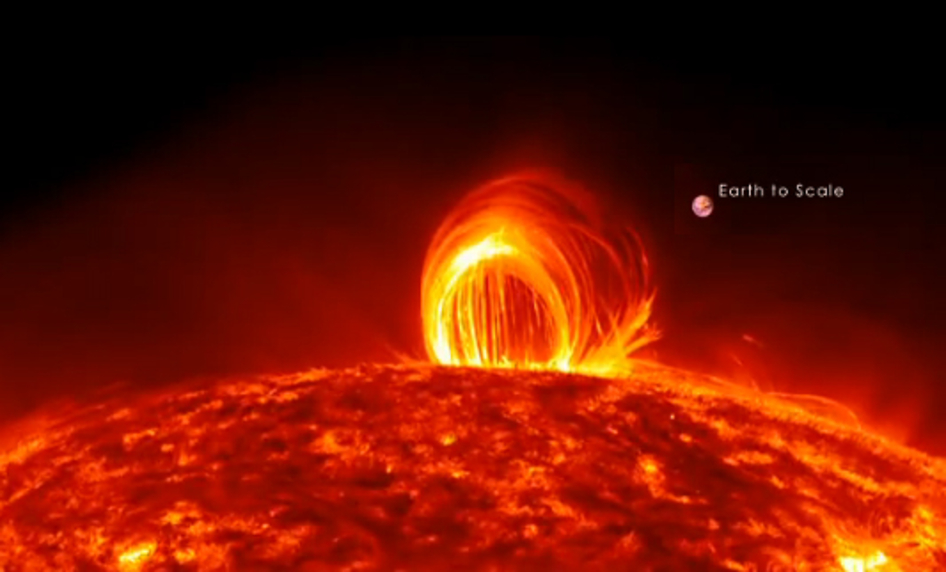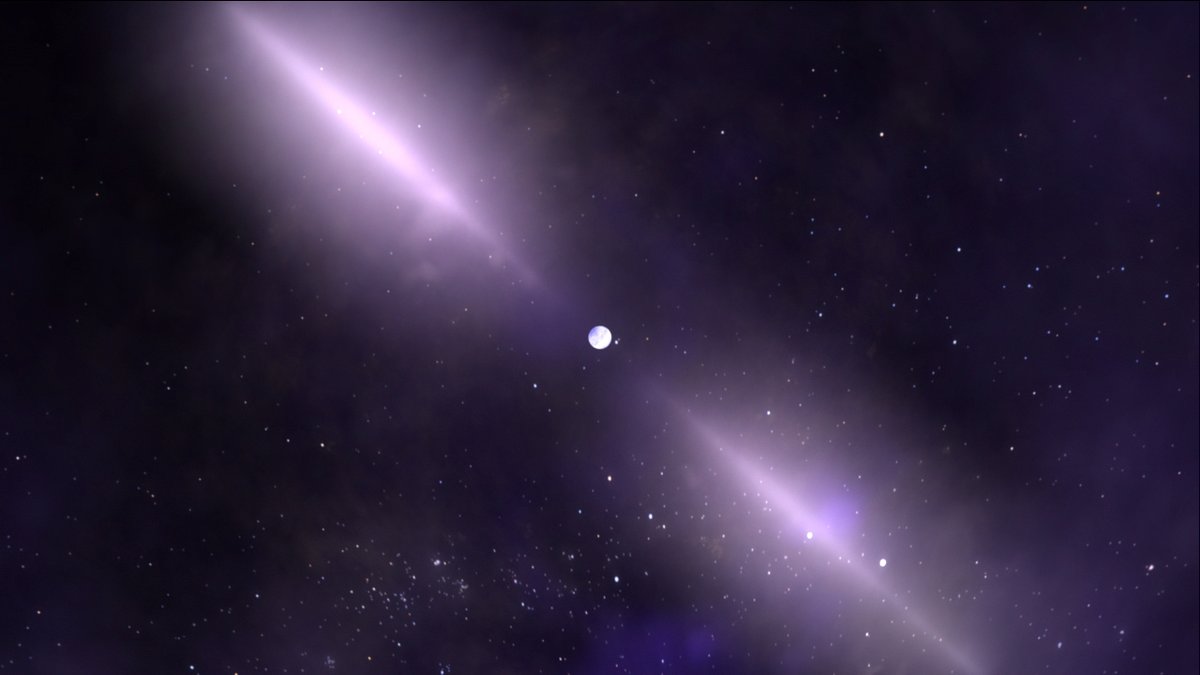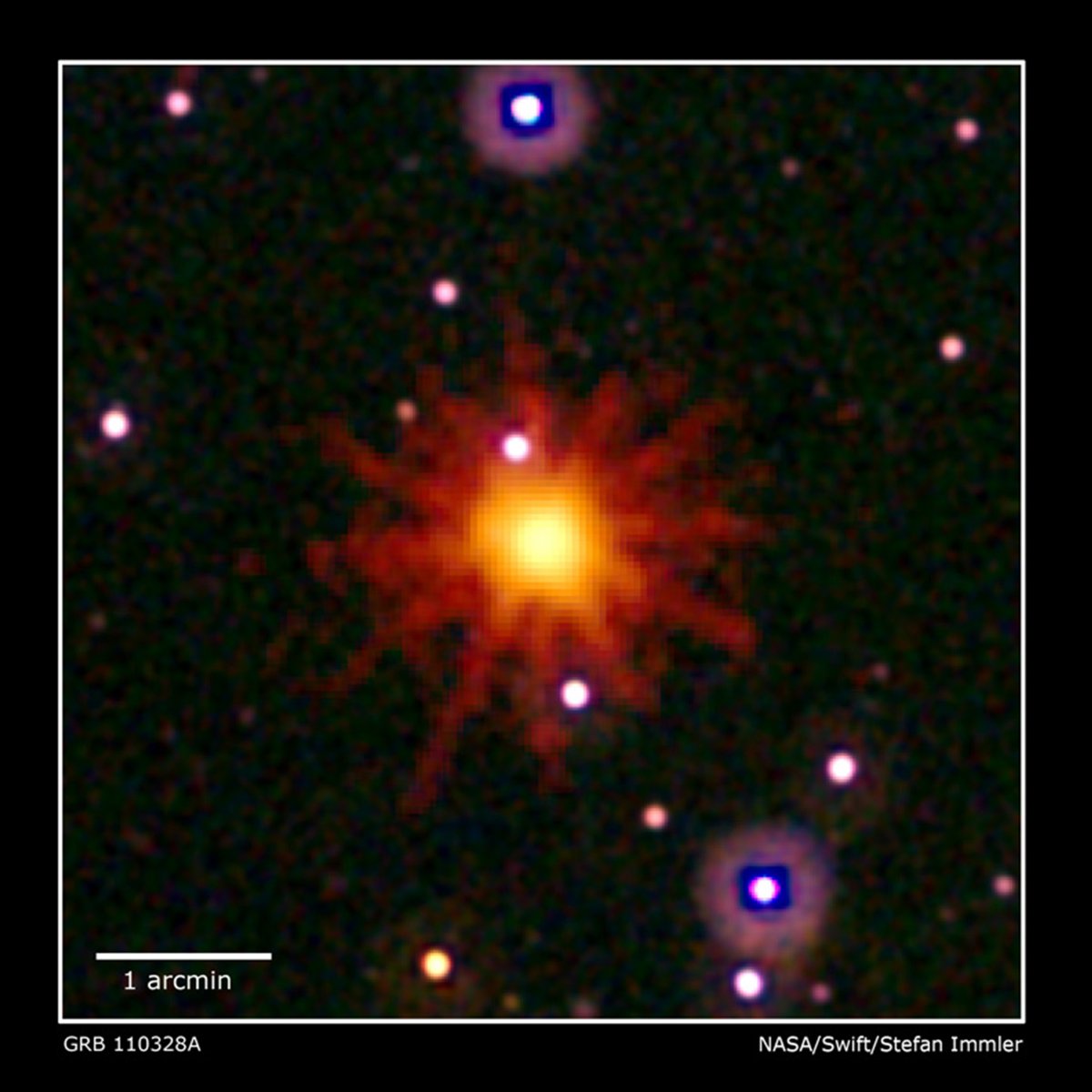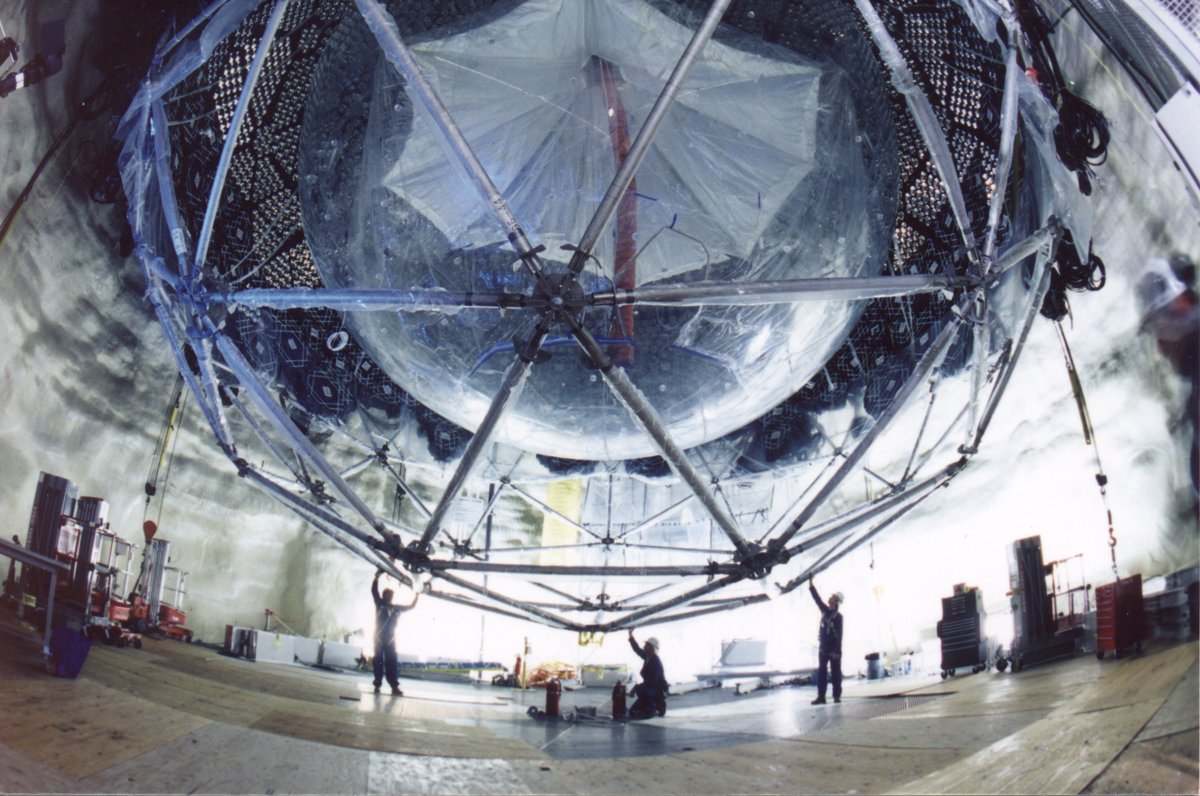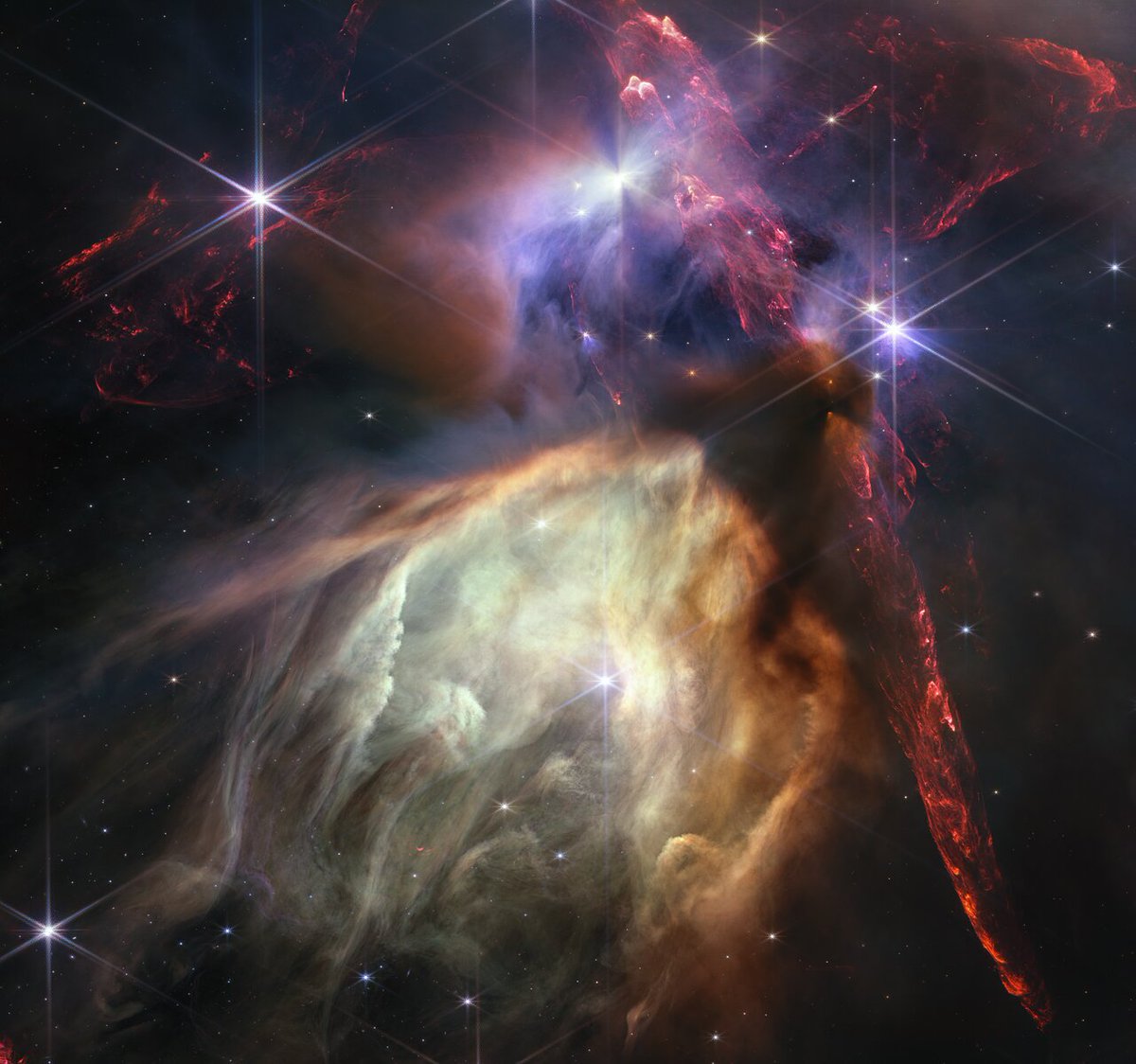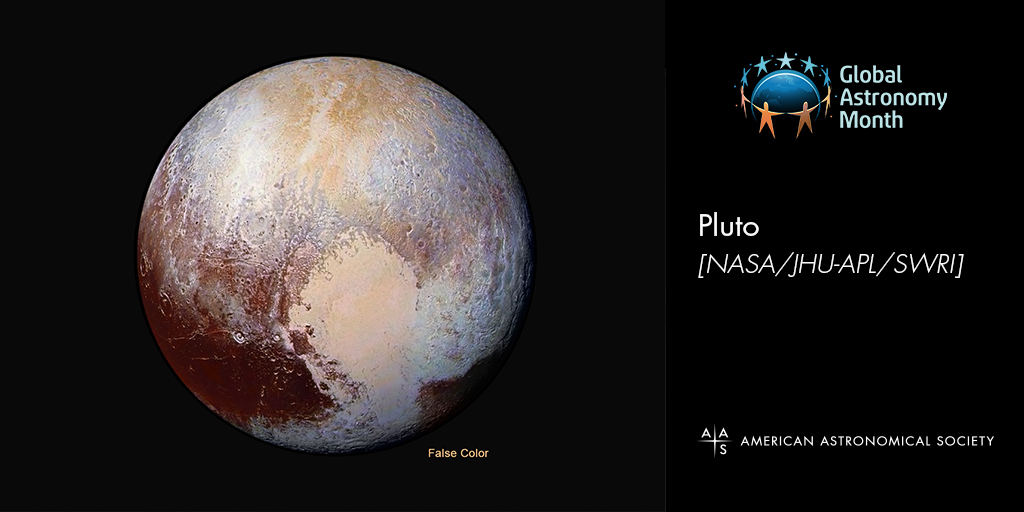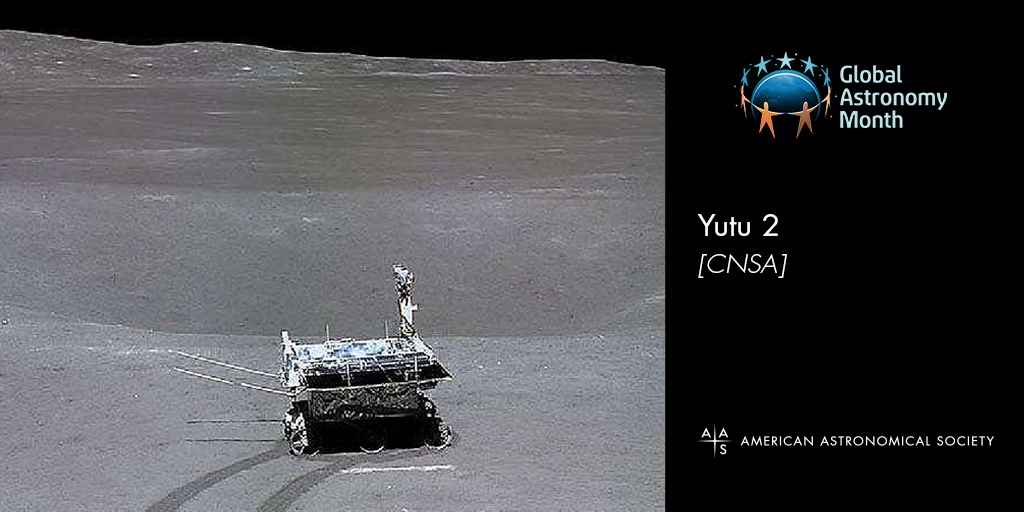






Saturday, 2 May, is #AstronomyDay ! Astronomy clubs, planetariums, museums & observatories will sponsor public viewing, presentations, workshops & other activities to increase awareness about astronomy & our wonderful universe. #GAM2020 #RandomAstroFact
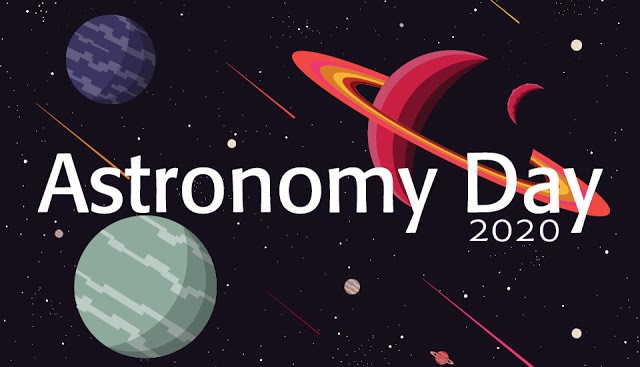








Venus is low in the west after dusk this week. Venus’s surface is baking at about 860°F (460°C) with an atmospheric pressure over 90 times Earth’s at sea level. So NASA is developing technology for probes to survive there. via American Astronomical Society (AAS) #gam2018 #RandomAstroFact
